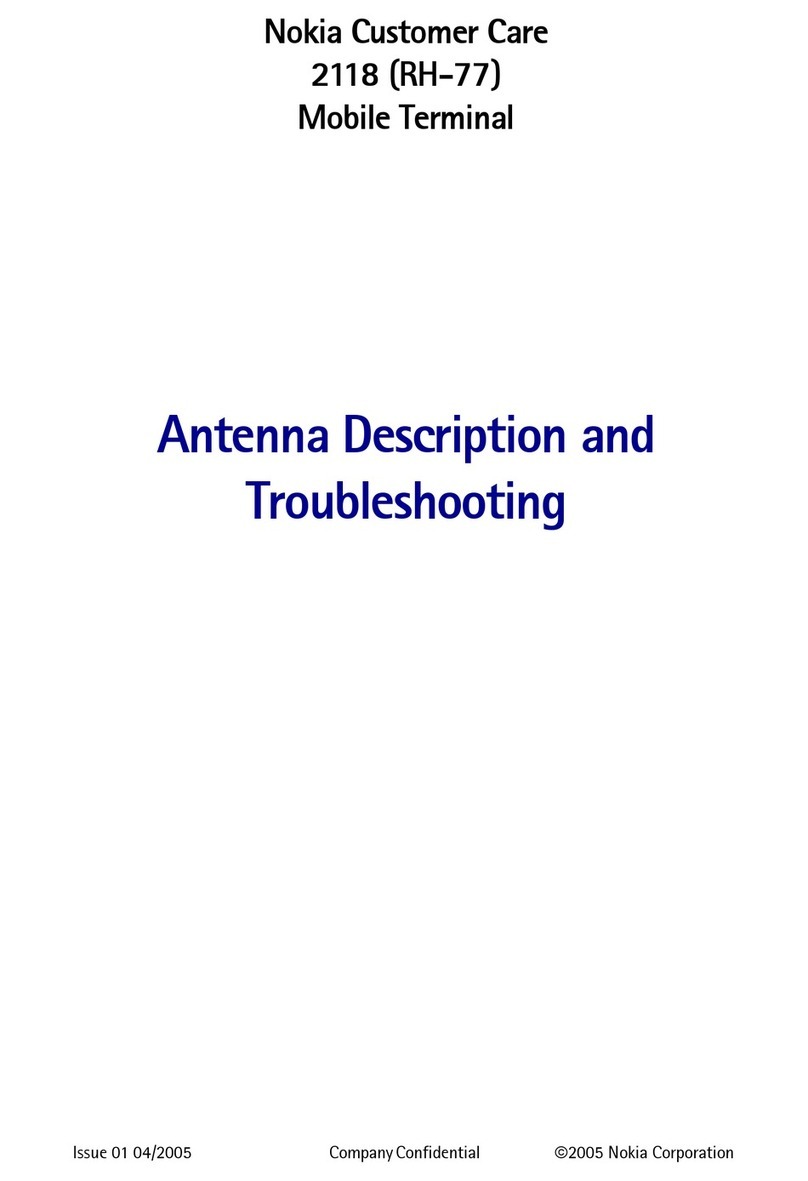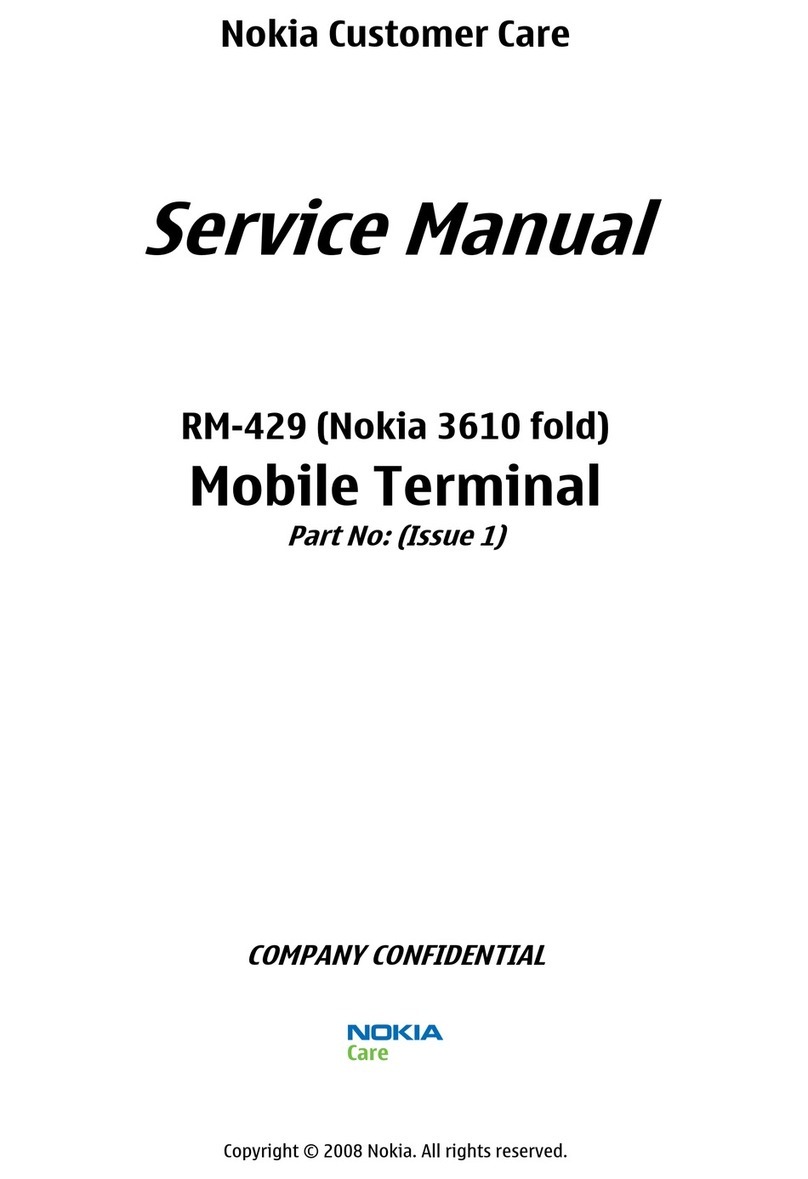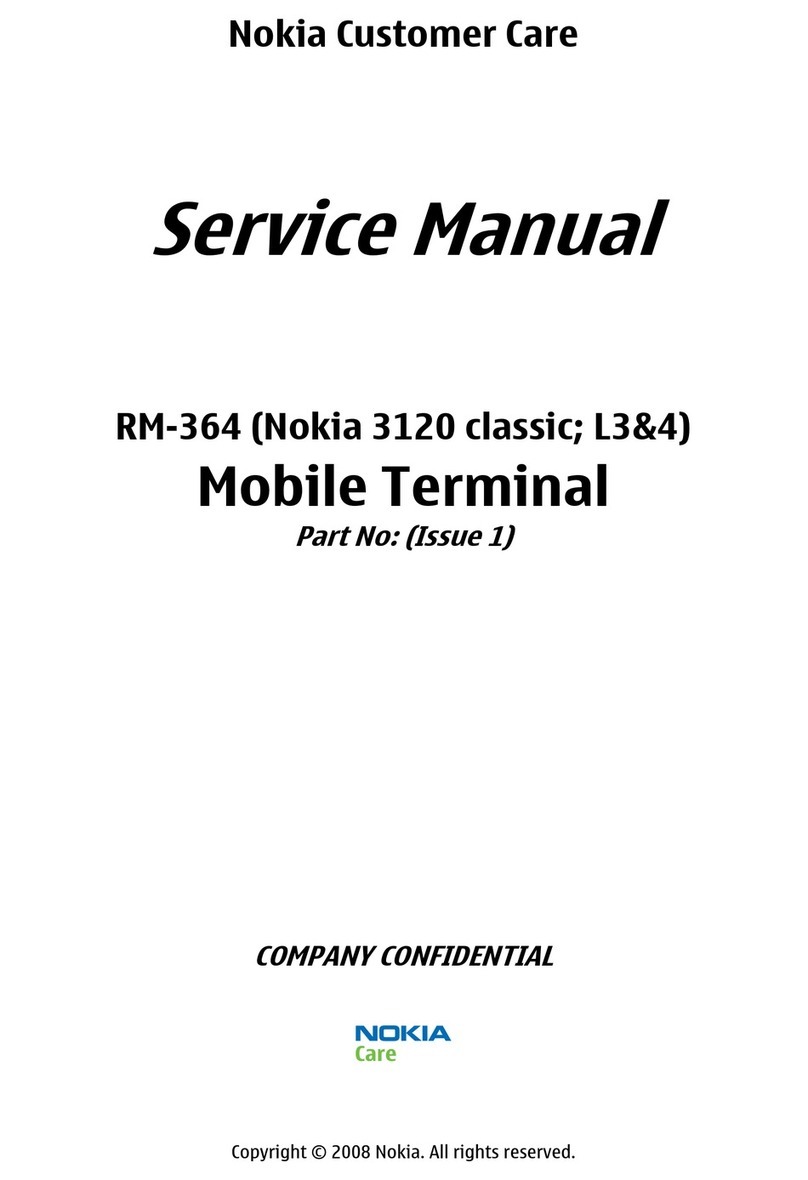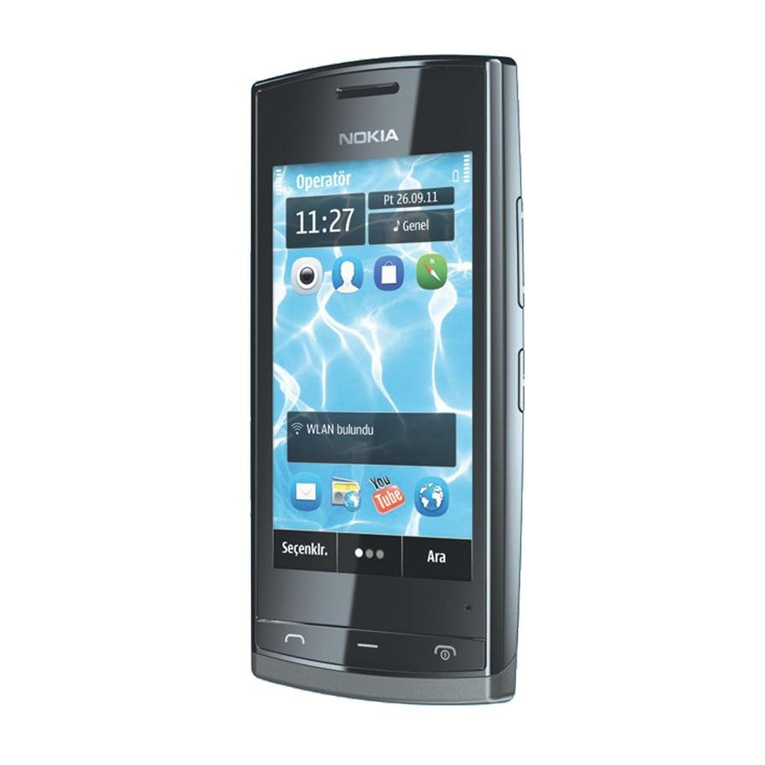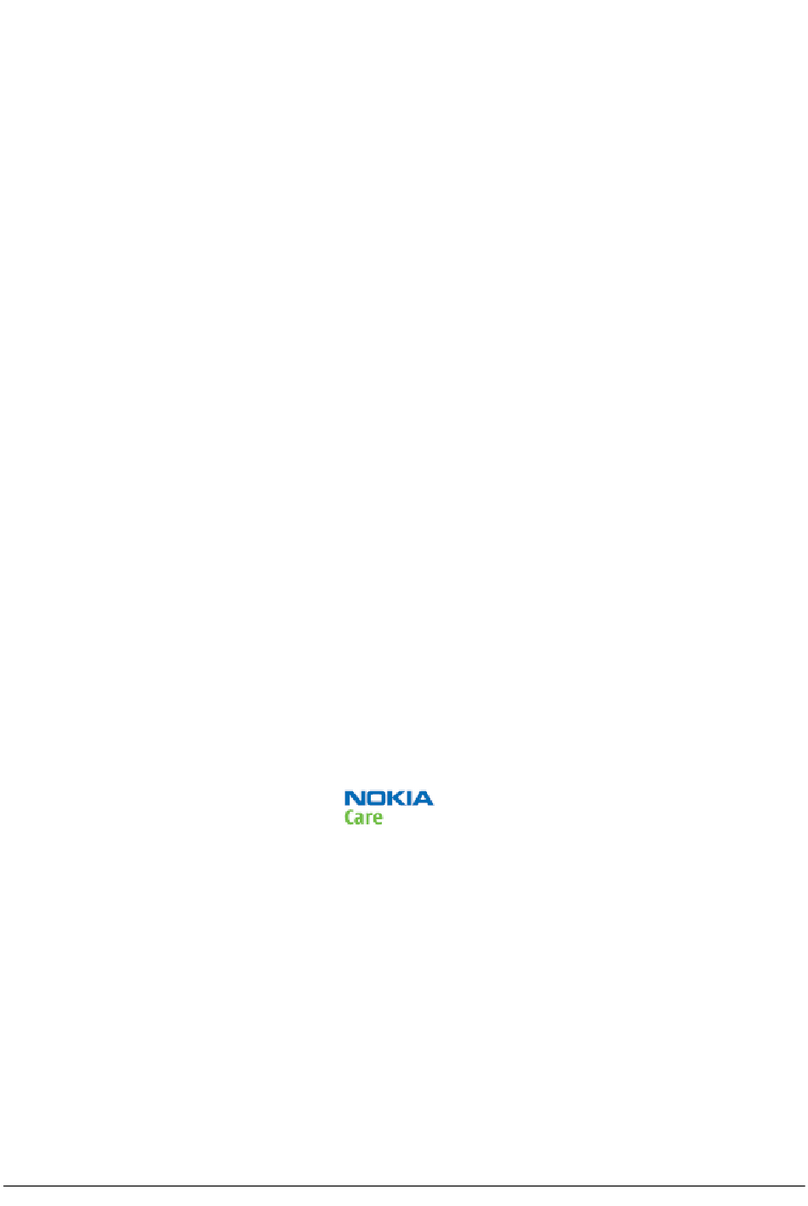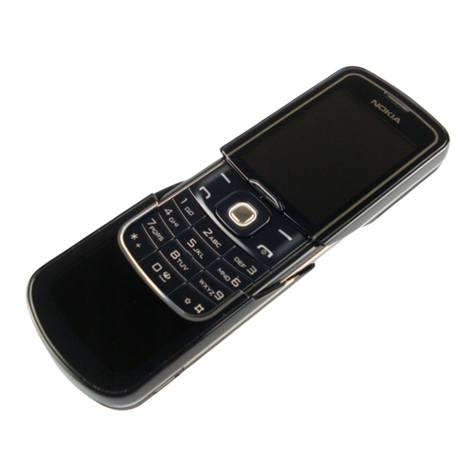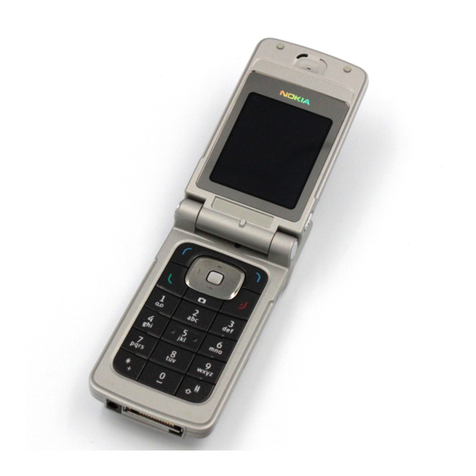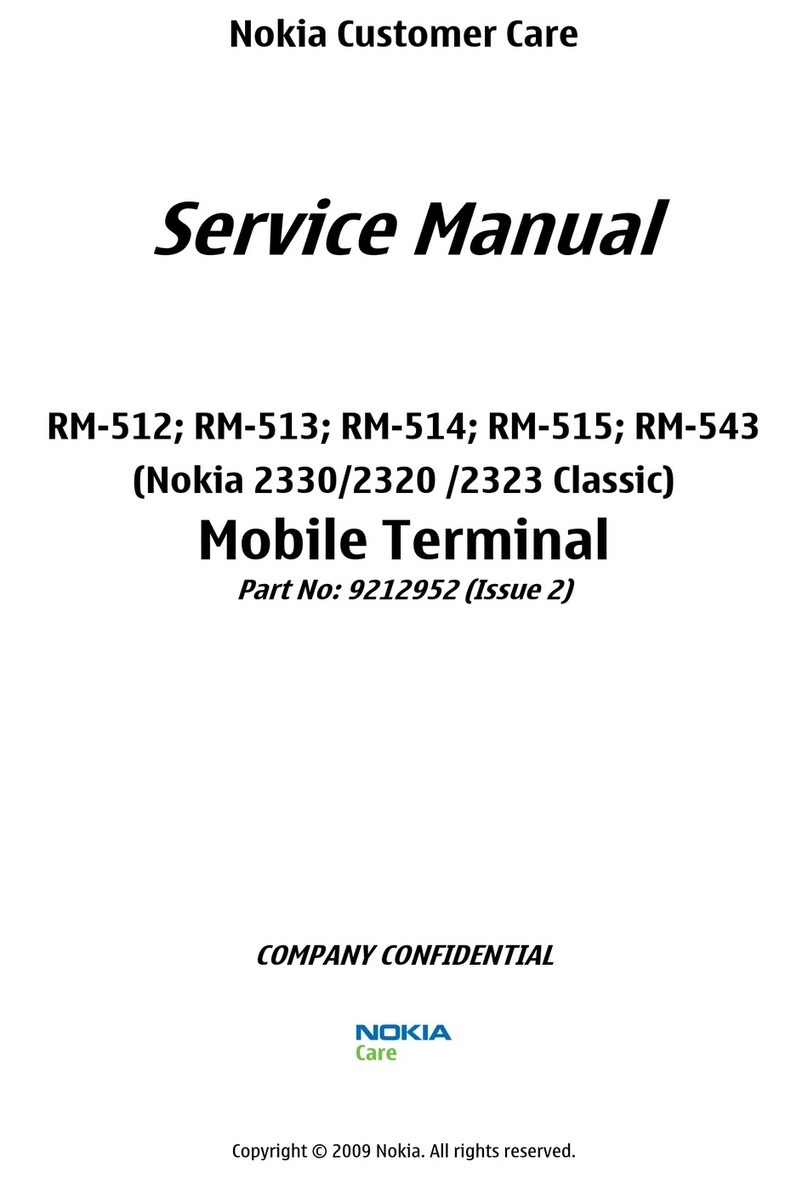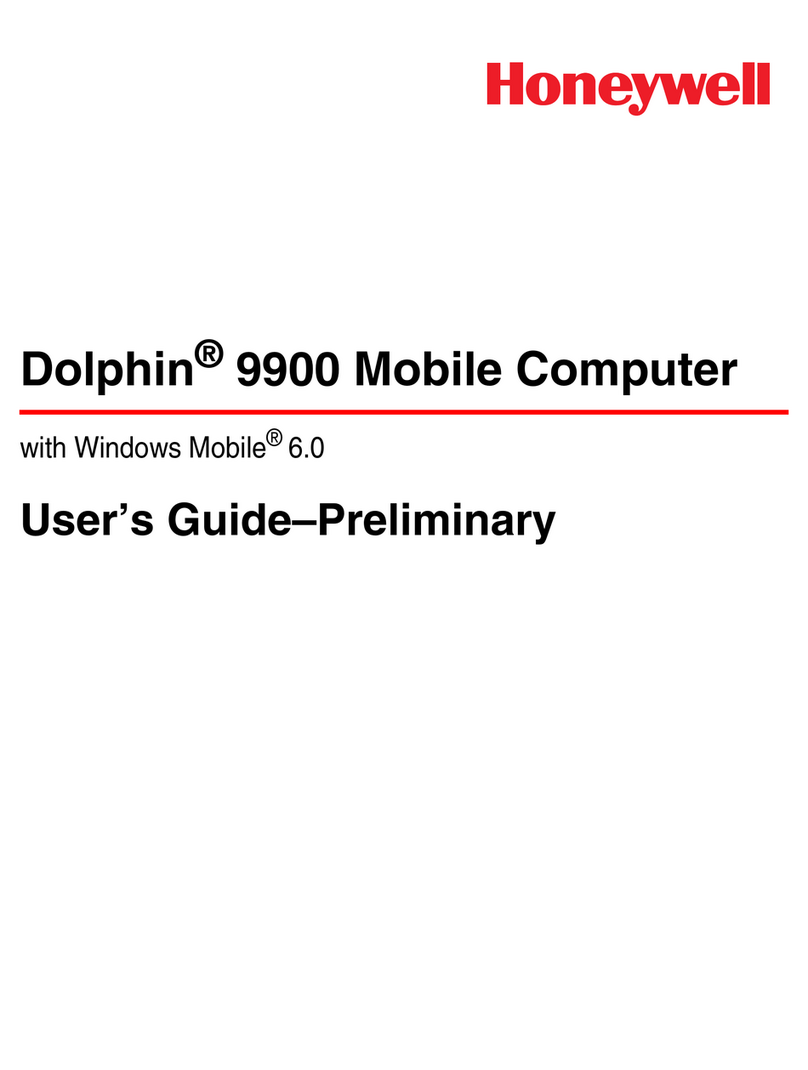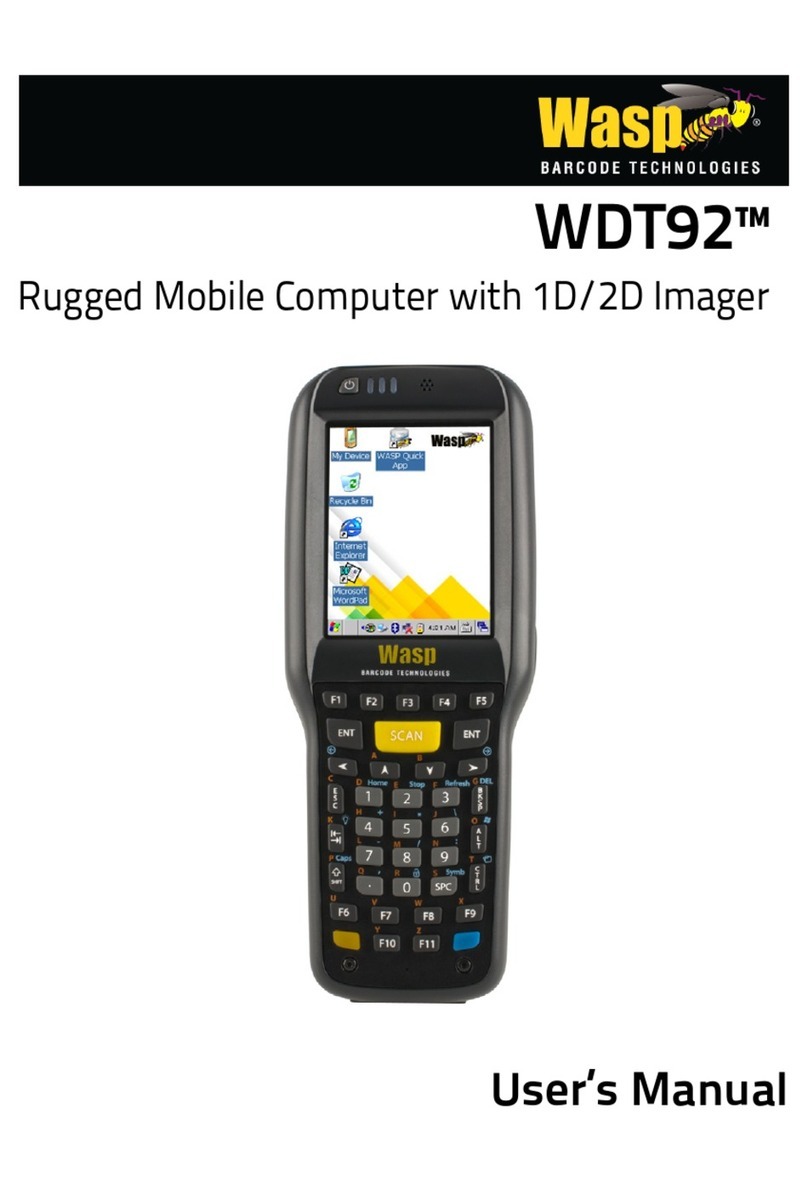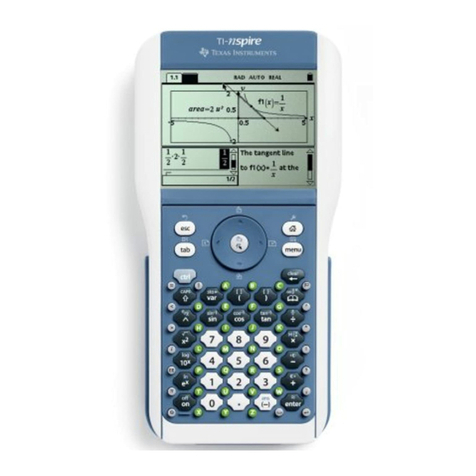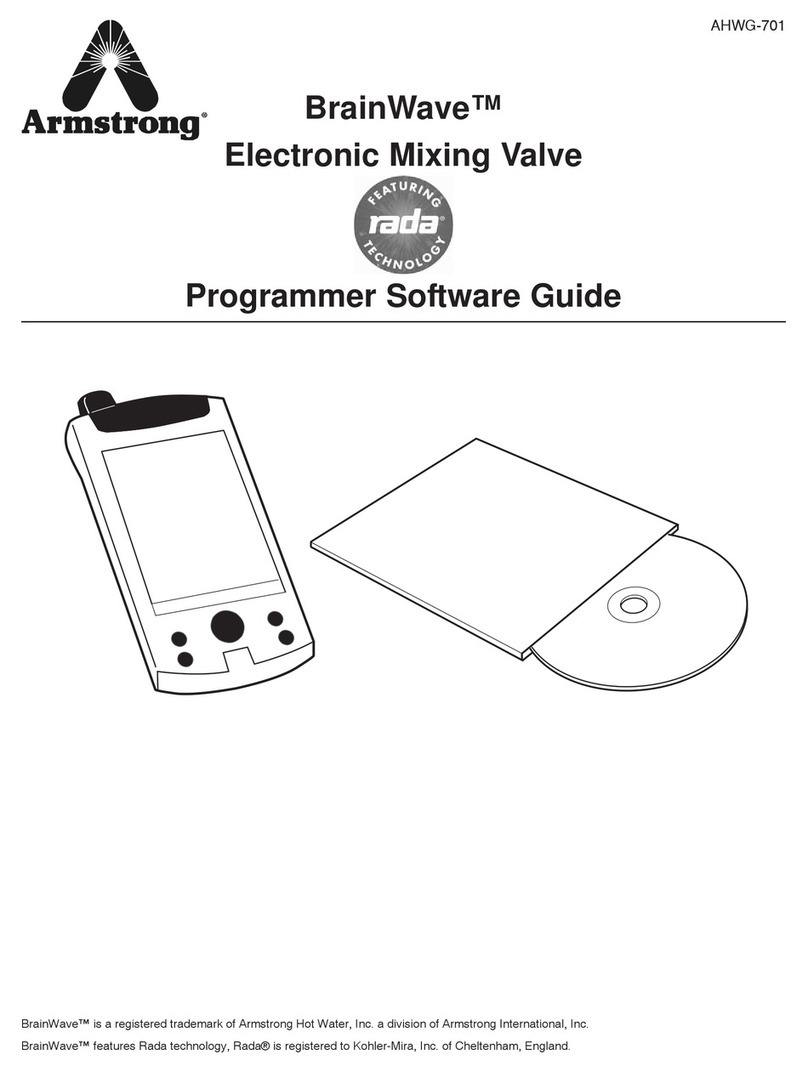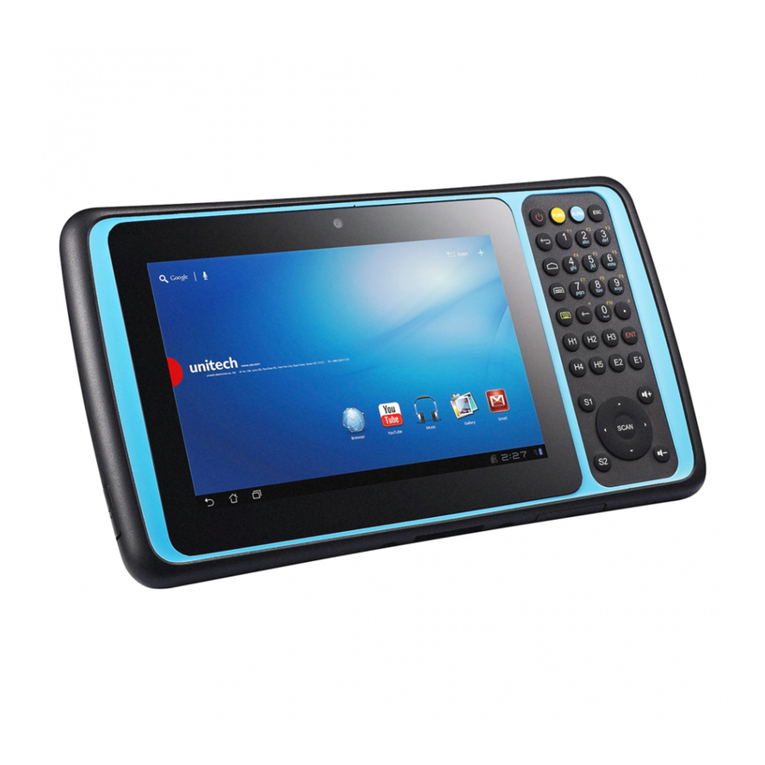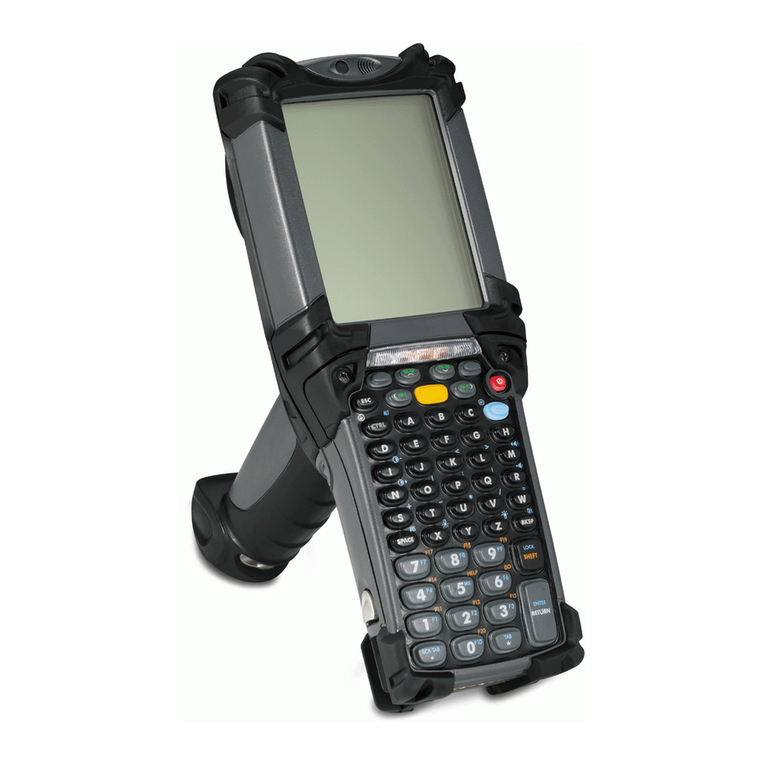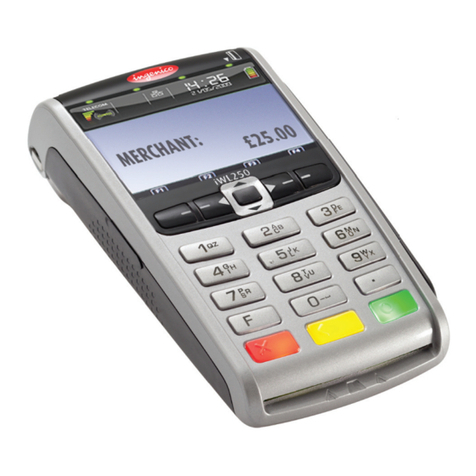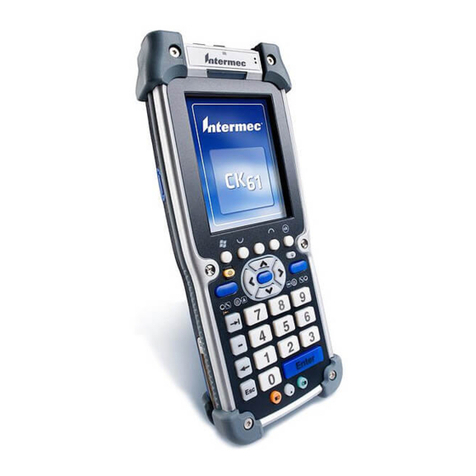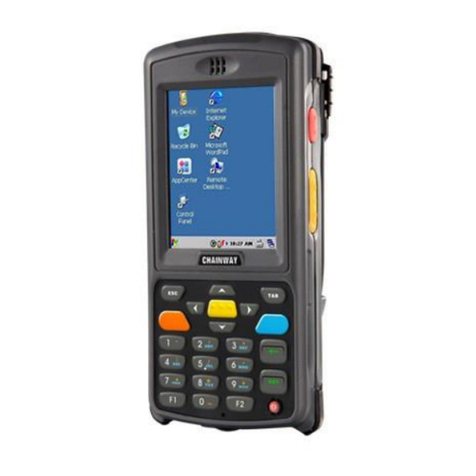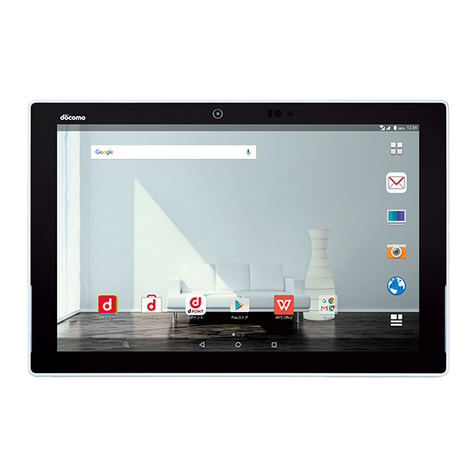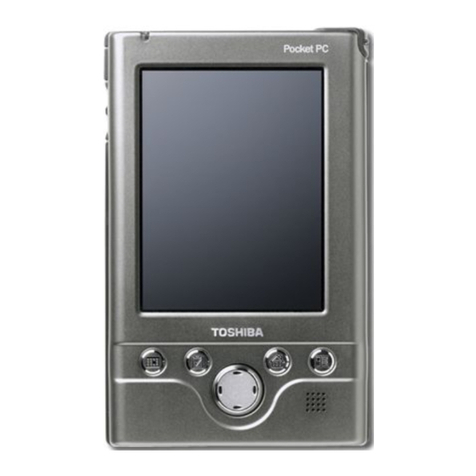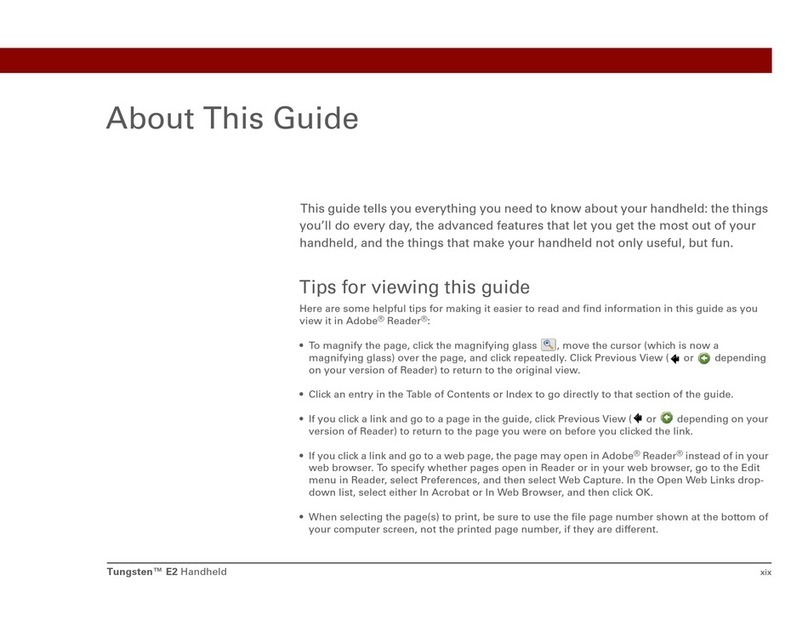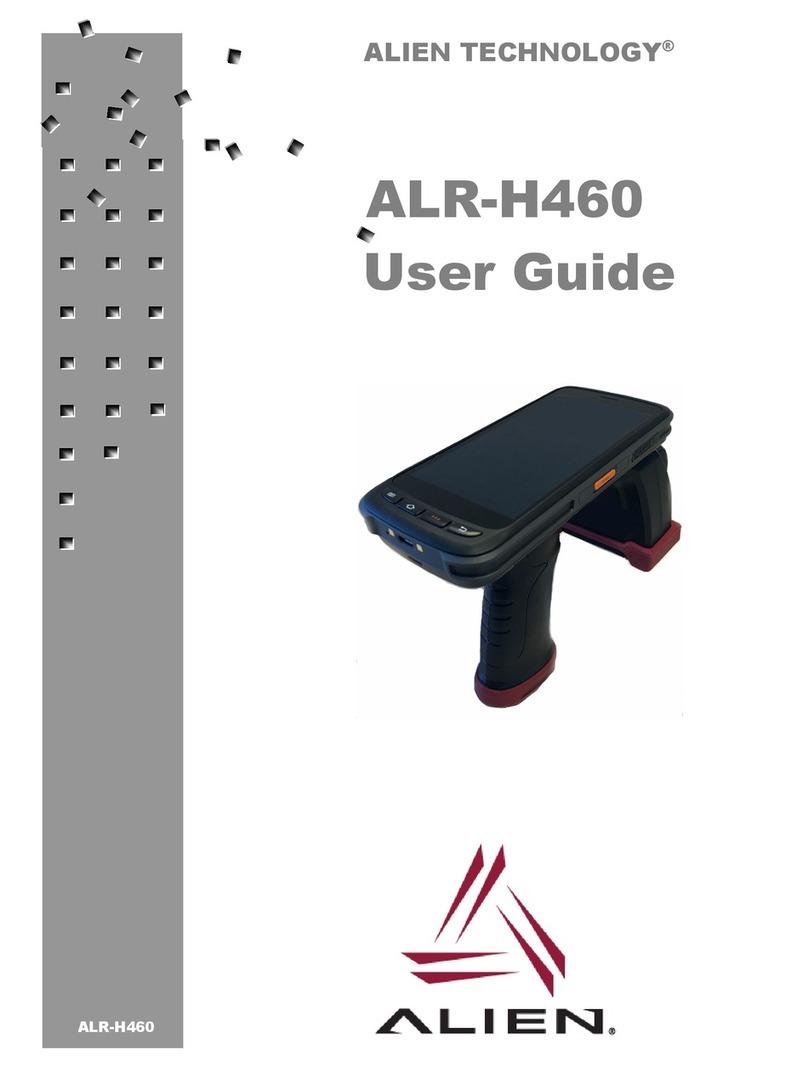
6088 (RM218)
Baseband Description and Troubleshooting
Introduction
The mobile terminal using a CDMA single mode engine (Cellular/ 800) with
Qualcomm baseband consists of the followingASICs:
Power Management IC, PM6610 (PM)
Mobile Station Modem processor, MSM6025 (MSM)
RFT6122 and RFR6122 are RF transmitter and receiver IC.
128Mb Flash memory and 64Mb pSRAM memory
Backend IC SPCA552E for image processing
The baseband (MSM) is consisted of an ARM7 processor, a CDMA processor, a
DFM processor, QDSP & codec, PLL, analog interface for RF and controllers for
GPIOs, RUIM, USB & peripheral interfaces, all of which are necessary to complete
the entire CDMA baseband system. ARM7 processor communicates with external
memory, backend IC and LCD through local address & memory buses. A QDSP4000
with codec inside the Mobile Station Modem (MSM) handles the voice
processing/compression for microphone, receiver (earpiece) and speaker signals.
CDMA and DFM processors handle CDMA operation and control the radio chip of
RFT6122 and RFR6122 through analog interface along with other digital control pins.
The RFT6122 and RFR6122 provide direct conversion of RF signal (zero IF)
architecture to support the CDMA2000 1X standard. The PM6610 controls the power
management for baseband & RF system, and battery charging algorithm.
The baseband architecture supports the power-saving function called “sleep mode”.
Sleep mode shuts off the voltage-controlled temperature-compensated crystal
oscillator (TCXO), which is used as the system clock source for both the RF and the
baseband. During sleep mode, the system runs from a 32 kHz crystal and all the RF
regulators (VREG_RFTX, VREG_RFRX) are off. The sleep time is determined by
network parameters. Sleep mode is entered when both the Mobile Station Modem
(MSM) and its internal DSP are in standby mode and the normal TCXO clock is
switched off. The mobile terminal is awakened by a timer running from this 32 kHz
clock supply. The period of the sleep/ wake up cycle (slotted cycle) is 1.28N seconds,
where N=0, 1, 2, depending on the clot cycle index.
The mobile terminal supports standard Nokia 2-wire and 3 wire chargers (AC-3, AC-4,
DC-4, AC-5, ACP-12, AC-1). However, the 3-wire chargers are treated as 2-wire
chargers. The PWM control signal for controlling the 3-wire charger is ignored. The
MSM and PM energy management software control the charging.
BL-4C (820 mAh) lithium-ion battery is used as the main power source.
Page 4 ©2006 Nokia Corporation Company Confidential Issue 1 10/2006
